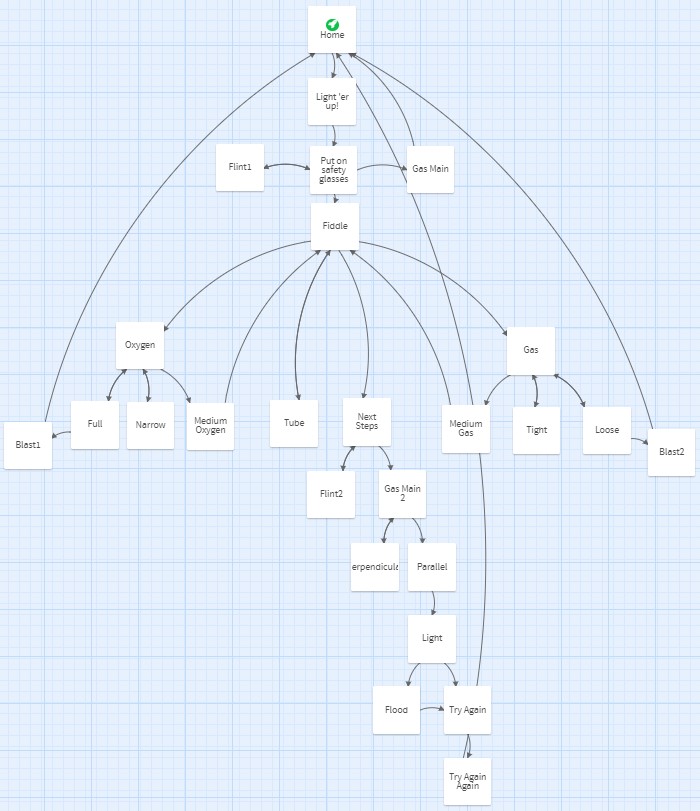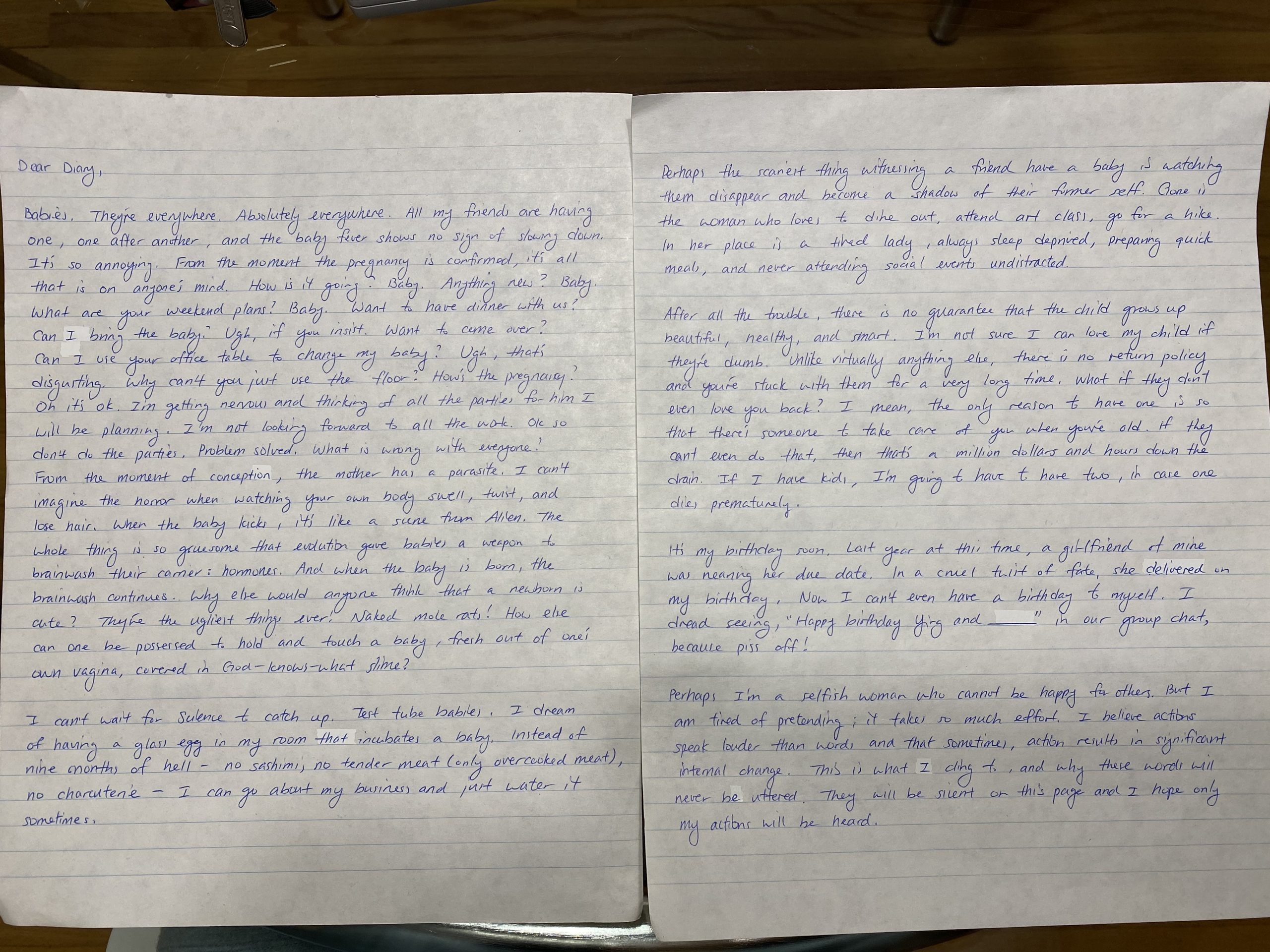The items in my bag tell a story of who I am, but they also paint a picture of a typical day for me. I decided to have fun with this and remaster Task 1 as a rap song. After all, what better way to tell a story than through an oral route?
The original task in its visual form was the ultimate transparency to nature. If someone wanted to see what was in my bag, they would look. Having all the items laid out hides nothing. In this remastering, I thought to do the complete opposite and remove the unquestionable authority that is associated with the original image by removing all visuals. I had considered making a music video to accompany the rap, but that would force listeners to see things my way. The lure of novels and oral stories is that they are much less authoritative than they seem. The plot is laid out, sure, but readers have the freedom to imagine each character and environment as they see fit because stories do not go into detail about how every being or object looks. The beauty of stories is that “even in the most minutely descriptive [one] there must be infinitely many visual details that are never provided” (Bolter, 2001, p. 57), allowing readers to engage deeply. The engagement is personal because images conjured in the mind are shaped by lived experiences. Meaning is co-constructed; there is an unspoken relationship between the author and the reader. I expect listeners to imagine their own school hallways and classrooms, which will undoubtedly look nothing like mine, and to select their own chapstick flavour, as a few examples.
I had considered making a rap with the objects only, like the PokéRap in the anime, Pokémon, which is only made up of the names of various Pokémon. But, in thinking of oral traditions, the most enduring stories are the ones that people connect with. People connect with shared interests and experiences that are assisted by objects, not the objects themselves. Because many students in this course are teachers, what better way for a story to be remembered than to present common frustrations in the workday? Nothing unites like common problems and enemies! The most enduring oral pieces are also easy to remember. The PokéRap actually does not rhyme, but I remember it because of its catchy beat. By adding rhyme, rhythm, and an iconic “Slim Shady” track by Eminem that has a high “cultural capital” (The New London Group, 1996), I increase the longevity of my story.
The final rap is the result of multiple rounds of redesign. In the numerous iterations, I wrote and rewrote the backstories for each object, each time renegotiating my identity (The New London Group, 1996). Some of the stories are true while others are made-up to paint a more vivid image of the teacher in the song. A certain persona was also born as a direct result of the background track I selected. This persona is slightly angry. I am not an angry person, but being angry does increase my cultural capital. Anger sells.
Other than rhyme and rhythm, I also included nominalizations, phrases that contain a large amount of information, in my linguistic design (The New London Group, 1996). My favourite example is found at the beginning of the song. I reworked the beginning few lines multiple times until I settled for, “I forgot my calculator”. I think every STEM teacher knows exactly the kind of conversation that follows when a student, on test day, says that line! Even hearing that line from a student next door evokes an immediate emotional response. Having this line early in the rap sets the tone for the rest of it.
I made two final additions to my rap before completing this task. The first was to include a visual design element in an otherwise visually lacking medium. I added just one word to shape the listener’s mental imagery: pink. This is not authoritative; I am certain the shade of pink in every listener’s mind is different! I did this because the task is focused on the bag, and in some ways, the story is not so much about the teacher-rapper, but about the bag and its journey throughout the day. How many times is it picked up, set down, and rummaged through? The second was to include an auditory design element other than the background track and my voice. I recorded three sound effects, a kazoo, a gulp of water, and the sound of my bag’s zipper. The line where I whip out my kazoo to celebrate a student’s birthday is followed by two kazoo chirps. The line describes me as “coocoo”, which I leave open for interpretation to the listener (is it coocoo as in “crazy” or coocoo as in “cool cool”?), and the chirps reinforce this idea. The gulp is a fun way to communicate that I have a travel mug in my bag, and teachers are always dehydrated so I hoped that the sound would give a strong impact. The zipper communicates that the items mentioned in the rap are coming from my bag. No where in the song do I explicitly state that the objects are coming from my bag; I thought that the zipper sound effect was a more fun approach. It also sounds like a disc scratch, which may make the rap more coo…
Bolter, J. D. (2001). Writing space: Computers, hypertext, and the remediation of print (2nd ed.). Mahwah, N.J: Lawrence Erlbaum Associates. doi:10.4324/9781410600110
The New London Group. (1996). A pedagogy of multiliteracies: Designing social futures. (Links to an external site.) Harvard Educational Review 66(1), 60-92.



